2005 Victory Hammer & 8-Ball Intro - Motorcycle.com
Touring Cruiser, Vegas, Kingpin, they're all equipped with an excellent 92 cubic inch overhead cam V-twin and they all tend to posses superior dynamic qualities compared to typical cruisers. This is because Victory hasn't been mired in "tradition", instead they've tried (successfully) to balance function with form. For 2005, Victory introduces two new models with drastically different executions. Their star player is the new "Hammer" with an extra-w-i-d-e- rear tire, a new 100 cubic inch V-Twin and a 6-Speed gearbox. The other new model is a blacked-out and de-contented Vegas based cruiser called the "8-Ball". I was fortunate enough to ride both of these new models at a recent Victory Press Intro, held in the rolling foothills surrounding Austin Texas.
2005 Victory Hammer - MSRP $16,499
Victory labels the new Hammer as a "Power Cruiser". However if you ask me (or look at our old dyno charts), all Victory motorcycles are "power cruisers". I say this, because unlike most other manufacturers, Victory always gives you a full potency motor that hasn't been "dumbed-down" for mass consumption. Furthermore, Victory motorcycles always have outstanding Brembo brakes, that aren't tuned to feel like a handful of mashed potato-potatoes. Yes, I have a lot of respect for Victory and you'll do well to keep that fact in mind, as I proceed to bitch and moan about their decision to saddle an otherwise decent bike with a silly 250mm wide rear tire.
MO Rides the Victory Factory Hop-Ups
(All kits are labeled "For Off-Road Use Only" and should be available April 2005)
Stage II: Big Bore kit to convert Freedom 92 motors to 100 cubic inches.
Stage III: Includes the Stage I&II items, plus high performance cams. Victory says a properly tuned Stage III equipped Freedom V-Twin will generate 115Hp at 6,000 rpm. The lumpy cams added a noticeable edge to the Stage III's exhaust note and backed that sound up with a healthy increase in pull. Due to the Hammer's funky feeling rear end, I didn't try any sideways shenanigans, but this motor would be an awesome addition to an 8-Ball, where the lighter weight and reasonable sized rear tire would encourage sideways corner exits and frequent smoky rolling burnouts.
Stage IV: Is a new 106 cubic inch Victory/S&S crate motor. This kit is claimed to generate 122+ Hp and 115LbFt of torque. No further details are available at this time.
Check this out! The chromed-out Stage I Hammer that I tested came equipped with a cool new body colored accessory windscreen. The screen is actually two pieces, with a black base and a painted cover that doubles as a sea cowl.
When the road tightened-up and called for a lower gear and a reduction in speed, the Hammer was more than happy to oblige, with low effort shifts that were smooth and positive. Fuel injection mapping and overall engine response are quite good and acceleration in the middle gears remains strong and progressive, allowing a choice of any one of three gears for most situations. Overall, I would rate the new Freedom 100 engine as a 15% improvement over the Freedom 92 engine and I think it's a shame this engine isn't available on the Touring oriented V92TC and Kingpin models.Speaking of tighter roads and changes in speed, like all Victorys, the Hammer is graced with a set of Brembo brakes, braided stainless lines and dual 300mm rotors that are tuned more like a "standard" motorcycle than a cruiser. Even though the Hammer is not a lightweight and even though it has a moderately raked-out front end, the brakes allow effective speed retardation, with no noticeable fade and excellent feedback. Other cruiser manufacturers would do well to take note of the fact that just because it's a "cruiser" doesn't mean it has to brake like something from the 50s'. Once slowed sufficiently, the Hammer is able to lean 2° farther than the rest of the Vegas family, thanks
to a narrower bottom-end on the motor and a redesigned frame that mounts the footpegs closer to the bike's centerline. When you get used to the compromises forced by the rear tire, it is possible to ride the Hammer at a reasonable backroad pace and you shouldn't have any trouble keeping up with the typical "barhopper" crowd.Now that I've established the new engine situation and discussed the rest of the Hammer, it is time to cover the controversial (to me at least) key feature of the bike. How wide is "too wide"? That's a question Victory's engineers should have asked, before compromising an otherwise excellent motorcycle. Unfortunately, they saddled the new Hammer with a 250mm rear tire. Like all bikes with ultra-wide low-profile rear tires, the Hammer's relatively flat rear contact patch causes the bike to misbehave on uneven surfaces, with an unsettling tendency to hunt, dart & weave, as the bike is leaned over on rough pavement. I suspect the major problem with this arrangement is that the tire's profile creates a broad/flat contact patch with an awkward transition at the shoulders.
The Hammer presents a mixed bag of "improvements". Its fit and finish are outstanding, and the new Freedom 100/6 powerplant should be standard on all of Victory's motorcycles. However, this bike is really more of a styling exercise, than a true "rider's" motorcycle. If you are looking for something flashy to roll up to the next group ride on, this might be the bike for you.
Hammer
** SPECS PROVIDED BY POLARIS **
MSRP $16,499 Engine Engine Type 4-stroke 50° V-Twin Cooling System Air/Oil Displacement 100/1634 cu.in / cc Bore x Stroke 101x102 mm x mm Compression Ratio 9.8:1 Valve Train Single overhead camshafts with 4 valves per cylinder, hydraulic-adjusting cam chains, hydraulic lifters Fuel System Electronic Fuel Injection with 44mm throttle bodies Fuel Capacity 4.5/17.0 U.S. gallons/liters Exhaust Large bore slash-cut dual exhaust with common volume Oil Capacity 5/4.75 U.S. quarts/L Charging System 38 amps max output Battery 12 volts/18 amp hours Primary Drive Gear drive with torque compensator Clutch Wet, multi-plate Transmission 6-speed Overdrive constant mesh Final Drive Carbon Fiber Reinforced Belt Brakes Front Brake Dual 300mm floating rotors with 4-piston calipers Rear Brake 300mm floating rotor with 2-piston caliper Dimensions Length 92.7/2355 in/mm Wheelbase 65.7/1668.8 in/mm Seat Height 26.4/669.3 in/mm Ground Clearance 5.8/148 in/mm Rake/Trail 32.9°/5.57/141.5 in/mm Dry Weight 657/298.6 lbs/kg GVWR 1165/529.5 lbs/kg Suspension Front Suspension Inverted cartridge telescopic fork, 43mm fork tube, 5.1in/130mm travel Rear Suspension Single, mono-tube gas, Forged and Cast Aluminum with rising rate linkage swing-arm, 3.9in/100mm travel, Preload adjustable spring Tires Front Wheel 18x3.0 inches Rear Wheel 18x8.5 inches Front Tire 130/70R18 Dunlop Elite 3 Rear Tire 250/40R18 Dunlop Elite 3 Colors Solid Colors Black, Indy Red, Cosmic Sunburst, Flame Yellow Multiple Colors Indy Red with Tribal Tattoo, Toxic Green with Tribal Tattoo MSRP MSRP $16,499 *All specs are for standard Victory Models. Specs may change with the addition of custom order options. Seat height reflects 180 lb. operator weight. Prices listed are MSRP for stock solid black model. Alternate paint options or additional options may increase price. Victory reserves the right to change specifications at any time without incurring obligation.
More by Sean Alexander



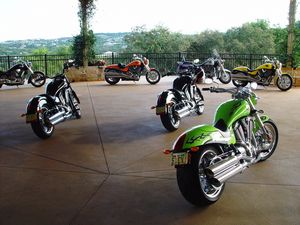






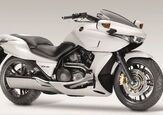
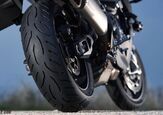
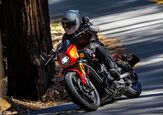
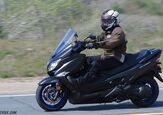
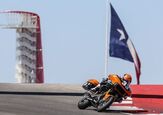
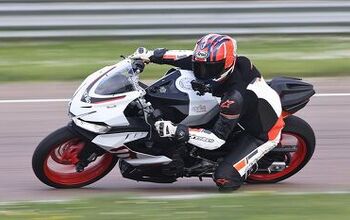
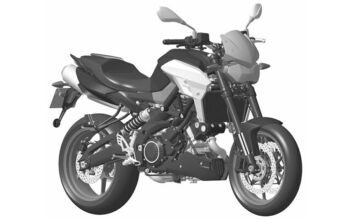
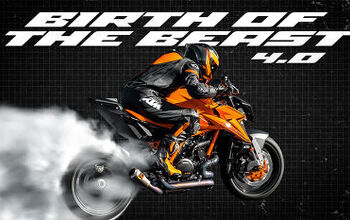
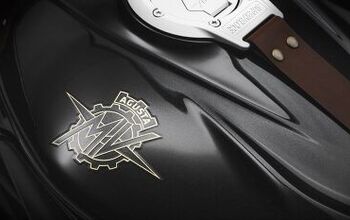


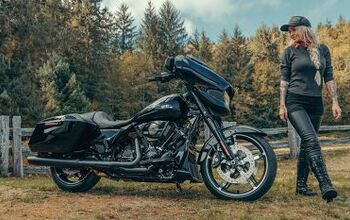
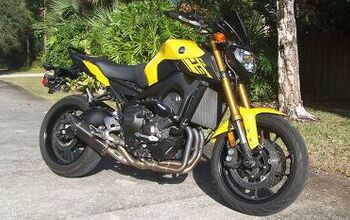


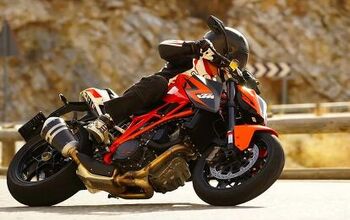
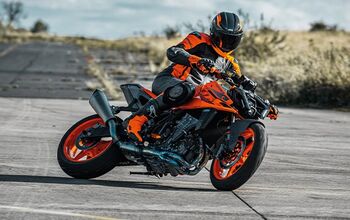
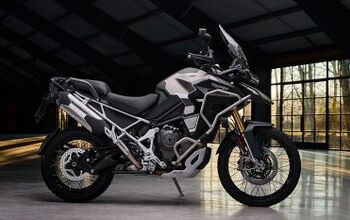
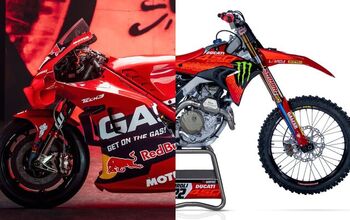
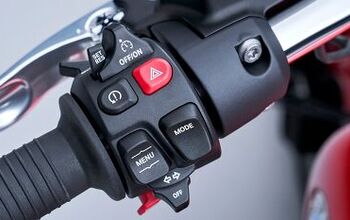

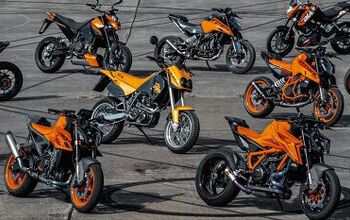

Comments
Join the conversation